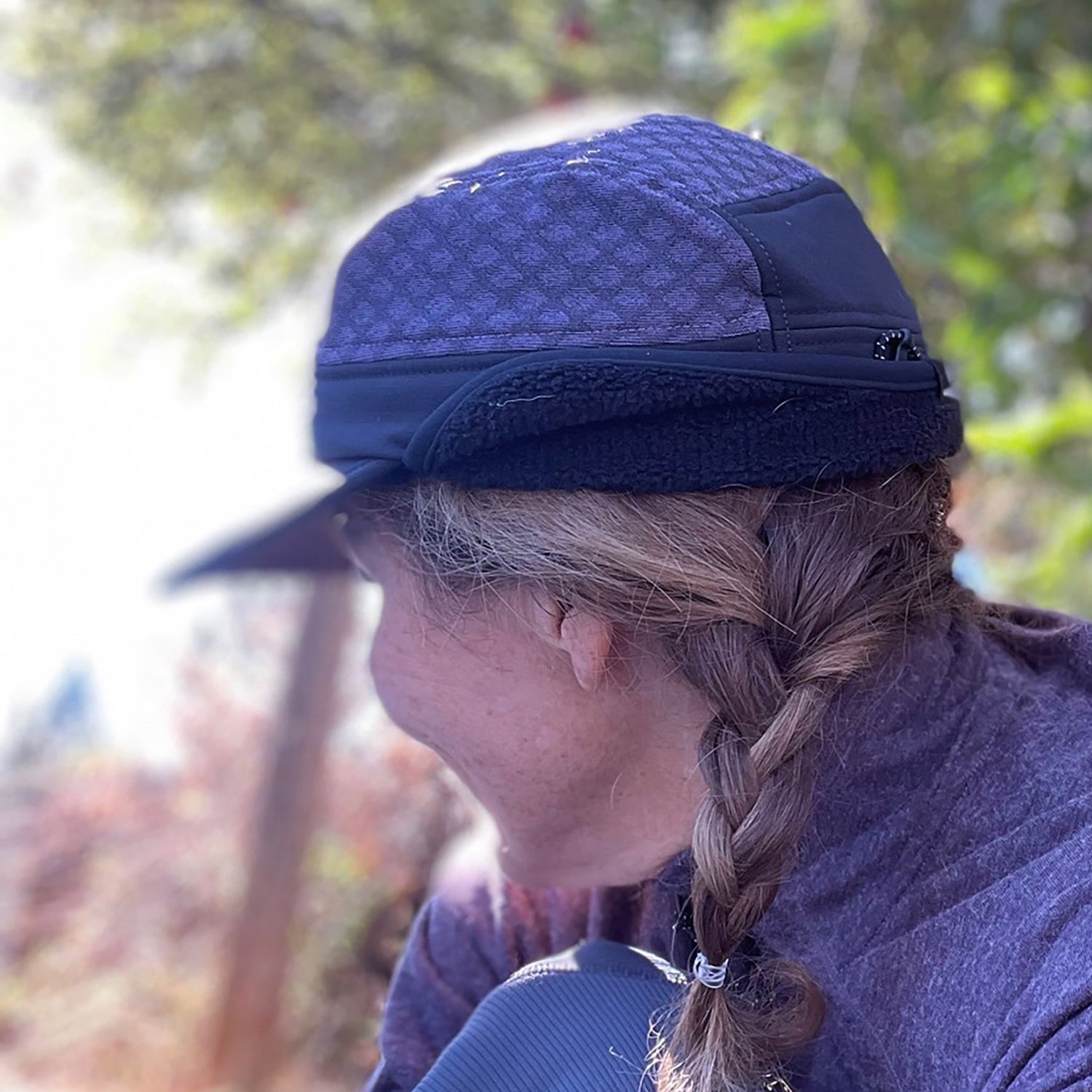Winter running can be downright exhilarating if you have the right tools to keep you comfortable. Hats, gloves, and mittens may seem like an afterthought to your running kit, but having smart selections for your hands and head makes a huge difference in your overall body temperature and experience. We tested a range of items, from lightweight beanies to fuzzy headbands to full-on winter warrior hats, and everything from liner gloves to insulated water-resistant winter mittens. Here are our favorite women’s hats, gloves, and mittens for running in a range of conditions.
At a Glance
- Best All-Around Hat:
- Best All-Around Mittens:
- Best for Cold Ears:
- Most Versatile:
- Best Mittens for Cold Wind:
- Best Hat for Snow and Cold:
- Best Hat for High Output Running:
- How to Choose Winter Running Hats, Gloves, or Mittens
- How We Test
- Meet Our Testers
If you buy through our links, we may earn an affiliate commission. This supports our mission to get more people active and outside. Learn more.
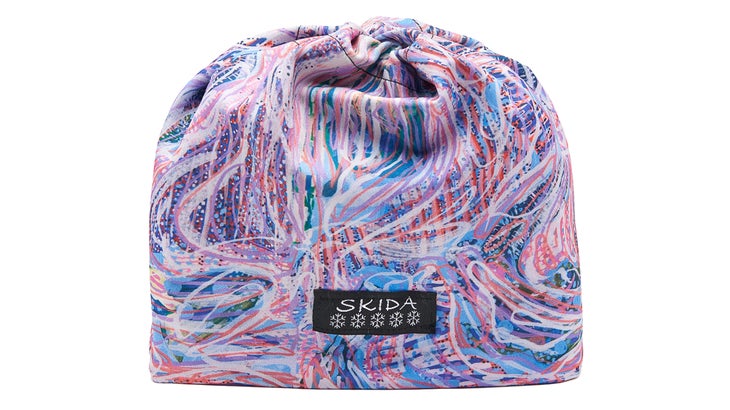
Best All-Around
Skida Running Hat
Materials: 92% polyester, 8% spandex
Sizing: S/M and M/L
Pros and Cons
⊕ Packs down small enough to fit in a pocket
⊕ Keeps ears warm while venting excess heat
⊗ Not thick and warm enough for frigid temps
We love a lot of things about the Skida Running Hat. For one, it’s cut to cover the ears—a feature that’s oddly hard to find in a running beanie. It also comes in a choice of sizes—small-medium or medium-large—guaranteeing a snug, comfortable fit, which is unique for running (or any) beanies that are usually one-size-fits-all. It’s thin and lightweight enough t to pack down easily and compactly into a running pack’s chest pocket, or a small pocket on a pair of tights when you need to shed a layer.
On the head, it’s soft, comfortable, and breathable while providing coverage and warmth. We found this hat warm enough without being too warm in all but the most frigid of running conditions, and loved it even more for its versatility, numerous print and color options, and price. Priced at $36 and versatile in a range of conditions, the Skida Running Hat is also our pick for Best Value in this category. Bonus: The hat has a UPF rating of 50+.
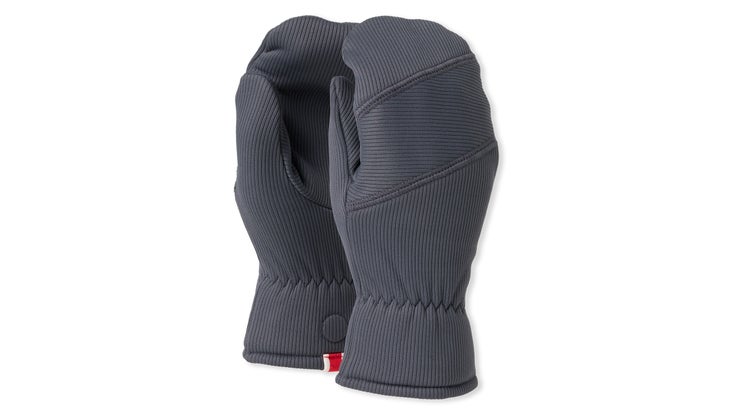
Best All-Around Mittens
Tracksmith Fens Mittens
Materials: 100% Polyester Kore-Techno Fleece
Sizing: S-L
Pros and Cons
⊕ Both warm and breathable
⊕ Can double as casual-wear mittens
⊗ Not water-resistant or waterproof
These lightweight mittens kept our hands warm, both in cold, damp East Coast conditions and Colorado’s dry cold and snow, while still allowing heat to escape during our winter runs. The brushed fleece interior feels great against the skin and makes these mittens a pleasure to wear. The exterior—a channeled, smooth face that vents heat while remaining warm—is soft enough to wipe a runny nose. The simple elastic cuff makes these mittens easy to pull on and off, while keeping cold air from sneaking inside. And the inconspicuous magnet on the cuff keeps the mitts together—and not lost!—when they’re not in use.
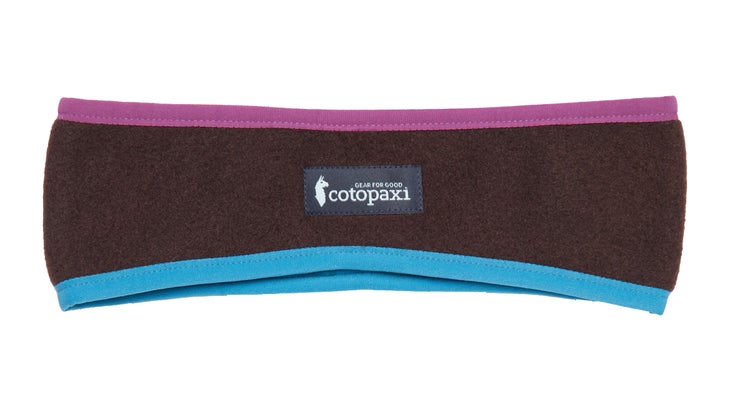
Best for Cold Ears
Cotopaxi Teca Fleece Headband
Materials: 100% recycled polyester fleece
Sizing: One size
Pros and Cons
⊕ Dumps excess heat better than a hat
⊕ Cozy fleece keeps ears comfy
⊗ Runs big and is one-size-fits-all
For those who run hot and don’t like hats—even breathable hats—a headband is a good solution to keep just the ears warm while venting heat out the top. This simple headband from Cotopaxi is made from their uber-cozy 100 percent recycled polyester “Teca” fleece, the same material used for many of the brand’s jackets. The seams are covered on the top and bottom, so there’s no irritation. Testers agree that this headband washes well and shows minimal wear after a winter of use. One ding: Since the fleece isn’t all that stretchy, and the headband comes in just one size, runners with notably small or large heads may have fit issues. (One of our testers with a small head found the headband too loose.)
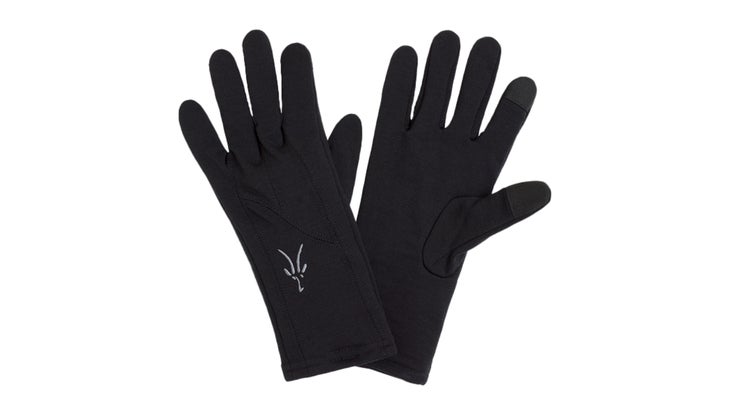
Most Versatile
Ibex Glove Liners
Materials: 94% merino wool, 6% Lycra
Sizing: XS-XL
Pros and Cons
⊕ Lightweight and stashable
⊕ Work great as a three-season glove
⊗ Not warm enough on their own for harsh midwinter runs
These thin, minimal-feeling liner gloves are made of soft, temperature-regulating Merino wool, which means they have a high warmth-to-weight ratio. The wool is soft against the skin and provides breathable protection, while a touch of Lycra helps the gloves maintain shape. They come in a range of sizes so you get a snug fit that ensures no cold air sneaks in through the cuff. We’ve worn these on cool fall mornings, spring rainstorms, and mild winter days on their own. And when temperatures dropped during winter months, they served nicely as liner gloves: One tester loved wearing them under the Tracksmith Fens Mittens to ward off bone-chilling conditions during an East Coast winter. Bonus: The index fingertip and thumb are both touchscreen-compatible.
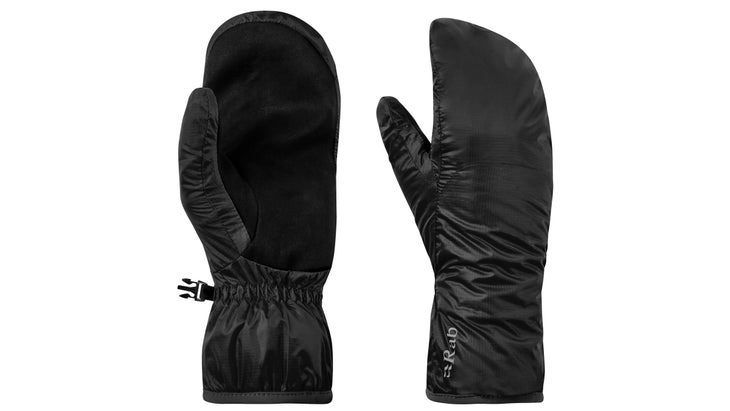
Best Mittens for Cold Wind
Rab Xenon Mitts
Materials: Windproof Pertex Quantum shell, PrimaLoft Gold Insulation (40g), polyurethane palm
Sizing: XS-XL
Pros and Cons
⊕ Warm in the coldest conditions
⊕ Effectively block wind
⊗ Seams could be more durable
Snow, wind, and cold proved no match for these mitts, which kept our hands warm and comfortable on a multi-hour mountain run in a Colorado snowstorm. (It was as fun as it sounds.) The shell material effectively blocked wind on multiple testing outings, while its light, synthetic insulation kept our hands warm. These mitts don’t breathe as well as others in this roundup, so our hands got sweaty during hard efforts or in more mild conditions. But for the wintry-est of winter days, they give us no excuses to head out the door—and for that, we love them. A knock: The seams of the shell have torn in a couple places after two seasons of wear.
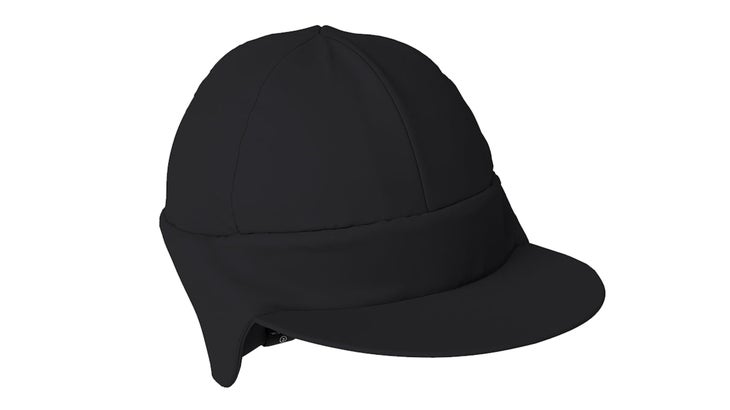
Best Hat for Snow and Cold
Ciele Athletics HOTHCap
Materials: Recycled polyester exterior and wool/silk blend insulation
Sizing: S/M and L/XL
Pros and Cons
⊕ Visor and beanie combo provides warmth, shade, and precipitation protection
⊕ Breathable top lets excess heat escape
⊗ $90 is a lot for a running hat
At the risk of looking like Luke Skywalker on the ice planet Hoth (although the product name stands for Hot on The Head) we pulled on this hat in the gnarliest of Colorado winter snowstorms and enjoyed laughing in the face of adversity as we ran. A visor shielded our faces from falling snow and sleet. Flaps lined with fuzzy insulation kept our ears toasty in the cold and wet, and easily folded up when it was clear out.
The top of this hat is constructed out of fuzzy insulation made from wool and silk that effectively let heat escape while providing warmth. A recycled polyester softshell material covers the soft, brushed ear flaps, visor brim, and part of the back of the hat for added weather protection, and an elastic pull cord adds further custom-fitting to the two available sizes. Ninety bucks may be steep for a running hat, but this one will keep you charging outside all winter long—which is kind of priceless.
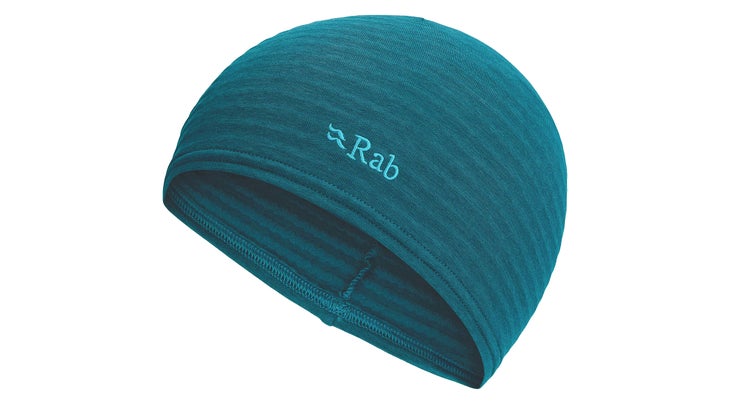
Best for High Output Running
Rab Filament Beanie
Materials: 94% recycled polyester, 6% elastane
Sizing: One size
Pros and Cons
⊕ Highly breathable while providing light warmth
⊕ Comfortable, snug fit
⊗ Not warm enough in frigid temps
For runners who either run hot, live in moderate winter climates, or want light protection for mild winter days, this beanie delivers. It’s snug-fitting and minimal, providing just enough warmth with a comfortable fit. The interior of the beanie features alternating high and low loft stripes for a mix of insulation and breathability, effectively venting heat during high-output efforts. One tester threw this hat in the pocket of a hydration vest to always have on-hand, even during summer mountain running. And for winter, we found this beanie became our go-to for all our above-freezing runs.
How To Choose Winter Running Hats, Gloves, or Mittens
When shopping for items to keep your hands and head comfortable—not too hot, not too cold—during the winter months, first consider the conditions you’re most likely to face. Do temperatures drop below zero? Does it snow, rain, or sleet where you live? (And if so, do you enjoy running in those conditions?) From there, consider if you generally run hot or cold. And from there, peruse our guide to find options that might work best for your needs.
Also consider if packability is important to you; if you travel often during the winter months to other cold climates, or want the ability to stash your hat or gloves once you warm up during your run, choose items that compress easily. And remember that what feels cozy at the start can quickly turn to clammy, so look for breathability to let out internal heat in addition to protection from external elements.
How We Test
Head tester and writer Lisa Jhung researches each gear category and works with gear companies to narrow down which items to add to the test loop. She then orders samples for herself and her team of five testers, who live in Colorado, Virginia, and the San Francisco Bay Area. For this test, hats and gloves were worn in a range of winter conditions, from cold, dry, sometimes snowy Colorado Front Range and high country, to cold, damp Virginia and cool, rainy, mild Northern California.
Meet Our Testers
Lisa Jhung has been running for 35 years, testing and writing about gear for 25-ish years, and manages a pool of testers out of her home in Boulder, Colorado. She runs in all conditions and loves heading out in a gnarly snowstorm.
Kristen Mecca moved to Virginia after running all over Colorado, including multiple podium finishes at the Pikes Peak Ascent and snowshoe races. She now tests gear through the East Coast winter and is a stickler for irritating seams and rough materials.
Beth Smith lives and runs in Burlingame, California, and runs roads and trails while trying to not get Prednisone-level poison oak rashes. She loves functional clothing with smart pocketing for her phone, which she always has with her.
Lindsay Clark trains around the roads and trails of Louisville, Colorado, while also heading to the Boulder foothills to hit rugged, rocky trails. After tragically losing her home in the Marshall Fire, she says she appreciates good running apparel on a new level.


